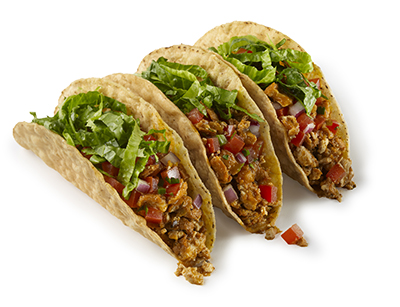5 Tips for Food Startups
The global food industry has grown rapidly since 2012. Statistics show that by 2025, the market will be earning $9.1 trillion in revenue. That’s good news for aspiring restaurant and eatery owners. But breaking into the food industry is not an easy feat. It takes great effort, great planning, and great execution to outsmart the competition. Here are some valuable tips you can apply as you launch a food startup to increase your chances of success.
1. Write a Winning Business Plan
Before launching a food startup, carry out thorough research to gain a deeper understanding about the industry. The information you collect will guide you as you create a business plan. Make your business plan as detailed as possible, especially if you’re presenting it to investors or lenders. Avoid basing your business plan on a generic template. Yes, it’s okay to borrow a few ideas, but try to customize your plan for your business.
2. Get Funding
There are many funding sources available to food startups. You can bring investors on board, join a cooking competition, try crowdfunding, or use your personal savings. However, don’t borrow more money than you need because your startup may not start making profits right away. Investors will only pile pressure on you to make profits soon and return their money.
According to small business finance experts, it’s important to start small. Consider using your personal savings, borrowing money from family and friends, or getting a small loan from title loan places to launch your startup. A short-term loan provides enough money for operational costs and can help your startup stay afloat when profits are low.
3. Focus on the Product
In the food industry, the product is king. Dedicate most of your time to making small batches of food you intend to sell and get people to try them out. Fancy branding, packaging, expensive cutlery, and costly kitchen tools should come later. At the start, your priority should be to prove that you can make food people love.
Branding and packaging are very important, but they will only make customers try out your products. Great food is what will make customers come back and stick around for the long term.
4. Review Feedback and Take Action
Not everyone will like your food or your services, so learn to deal with complaints. Don’t take negative feedback personally, instead, be willing to listen and change. Pay attention to what people say about your products and use that to improve.
Go back to the drawing board and make adjustments. Create new samples and ask your friends and customers to try them and give their honest opinion. At the start, you must be willing to lose money so you can make money later on. Attend events and weddings regularly and learn from fellow entrepreneurs.
Read Also: Finding the Right Suppliers for Your Restaurant – F & B
5. Advertise Your Business
Before opening the doors to your restaurant, let the local community know about the upcoming eatery. You can advertise on social media, use fliers and banners, or use traditional advertising mediums. Also, build a user-friendly website and put all the information there–such as the menu, the operating hours, and the business address.
Create Facebook, LinkedIn, Twitter, and Instagram accounts for your business. Use the platforms to share high-quality images of your restaurant and behind-the-scenes images. Offer free dessert and drinks to the first 50 or 100 guests. People love free stuff and will flock to your eatery.






